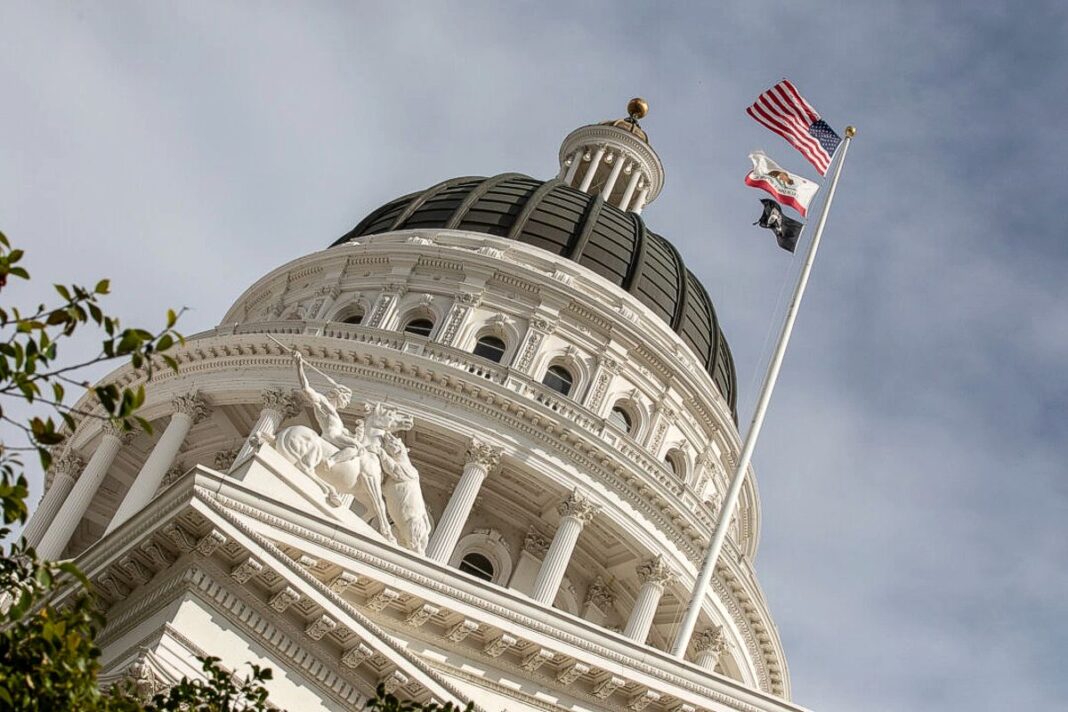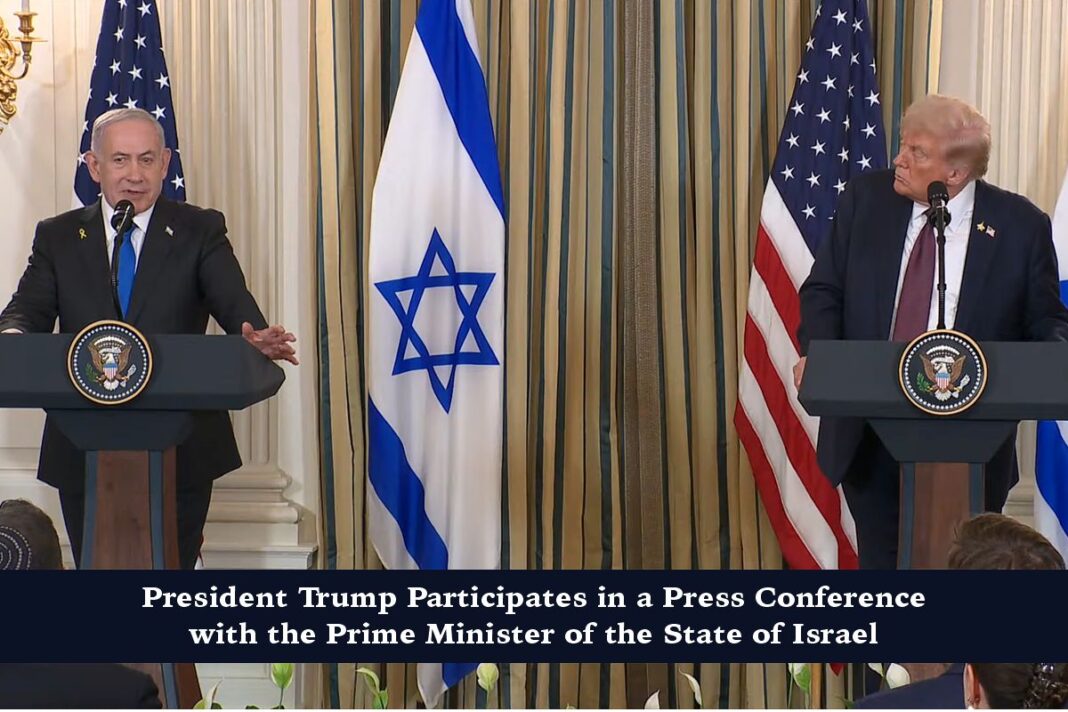The president gathered Cabinet officials and journalists to discuss political violence from the terrorist group.
WASHINGTON—President Donald Trump brought journalists assaulted by the newly designated terrorist group Antifa together with Cabinet officials for a roundtable discussion at the White House on Oct. 8.
Antifa is a far-left extremist group that originated under the Soviet Union and functioned as the violent wing of Germany’s Communist Party to target political rivals. The organization is known for political violence against its opponents, whom it routinely labels as fascists.
Trump designated the group a domestic terrorist organization in an executive order signed on Sept. 22.
One reporter who was attacked by members of Antifa in 2019 and again in 2021 recalled the moment when they assaulted him in Portland, Oregon, while rioting.
“That was my only near-death experience in my life, and I’m quite shaken when I think about it now,” Andy Ngo said during the event.
He said the attack left him bleeding from his eyes and ears. Doctors later diagnosed him with bleeding on the brain, a potentially fatal injury.
Other journalists from across the country described various incidents of violence.
Katie Daviscourt attended the meeting with a black eye after she was struck in the face with a metal pole.
She managed to subdue her attacker, but when fellow rioters helped the woman escape, Daviscourt followed them and found the house they were using.
Her subsequent investigations revealed more about the organization’s actions and the aid they were receiving.
“This group is highly organized … and they have no plans of stopping,” Daviscourt said.
“Residents living across from the [Immigration and Customs Enforcement] facility have been held hostage by Antifa. They’re begging for federal intervention.”
Some locals believe that Portland city officials are failing to curtail the violence, she said.
“The city refuses to help, and they want you, President Trump, to come in and restore law and order,” Daviscourt said.
Others told similar tales of being assaulted and harassed while covering Antifa riots.
A longtime television reporter from Seattle told Trump that after she was attacked by Antifa and later identified a disconnect between mainstream media coverage and what she experienced on the ground, she overcame her dislike of the president.
“I’m living proof that you can recover from [Trump derangement syndrome],“ Brandi Kruse said. ”I had strong Trump derangement syndrome for probably eight years.”
She said the president’s approach to protecting communities from violent crime helped her overcome her bias.
“It’s much better to not have [Trump derangement syndrome],” Kruse said. “I’m happier, I’m healthier, more successful. I even think I got a little more attractive after I got rid of my Trump derangement.”
The group of journalists called on administration officials to dismantle the terrorist organization.







